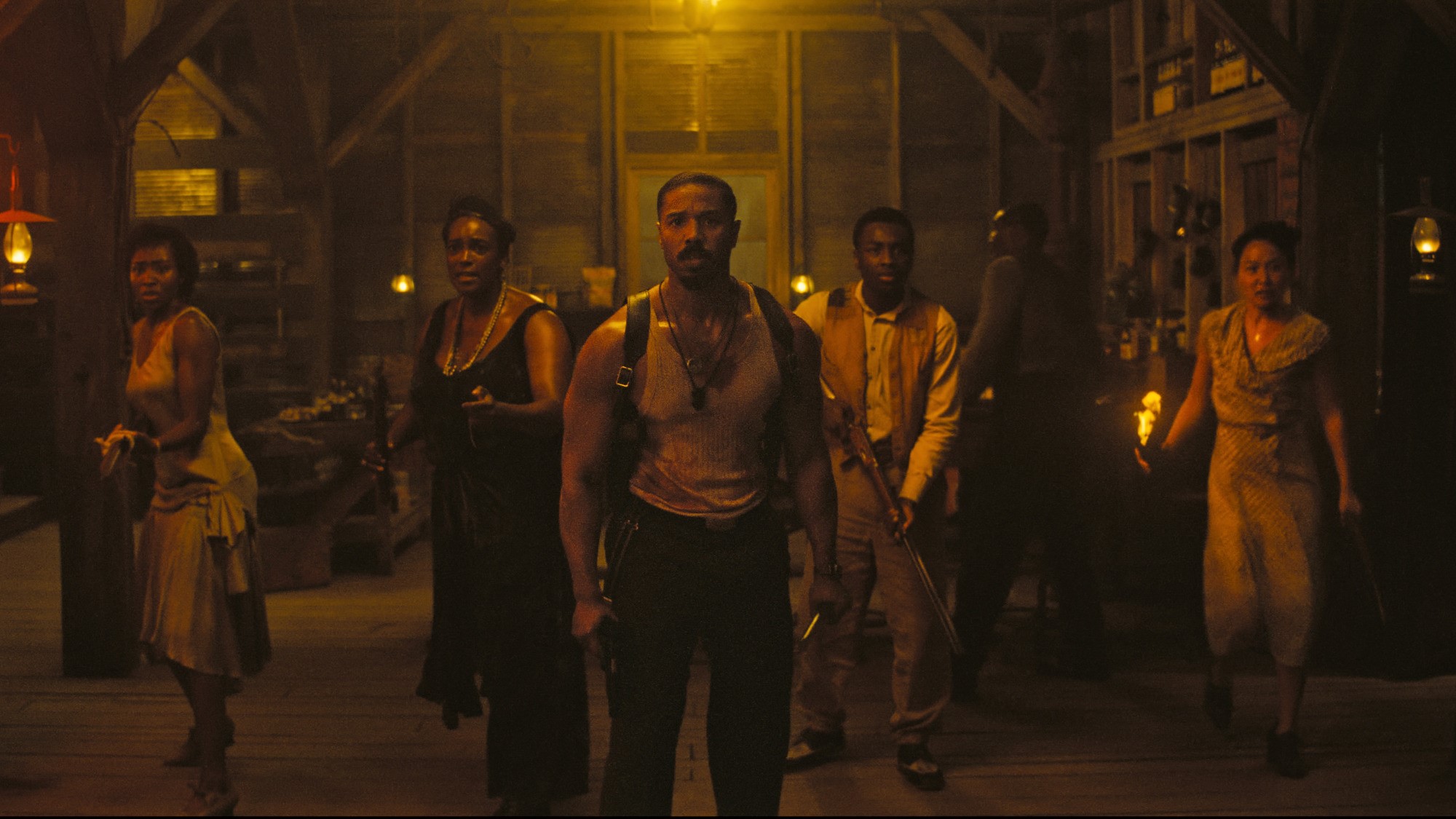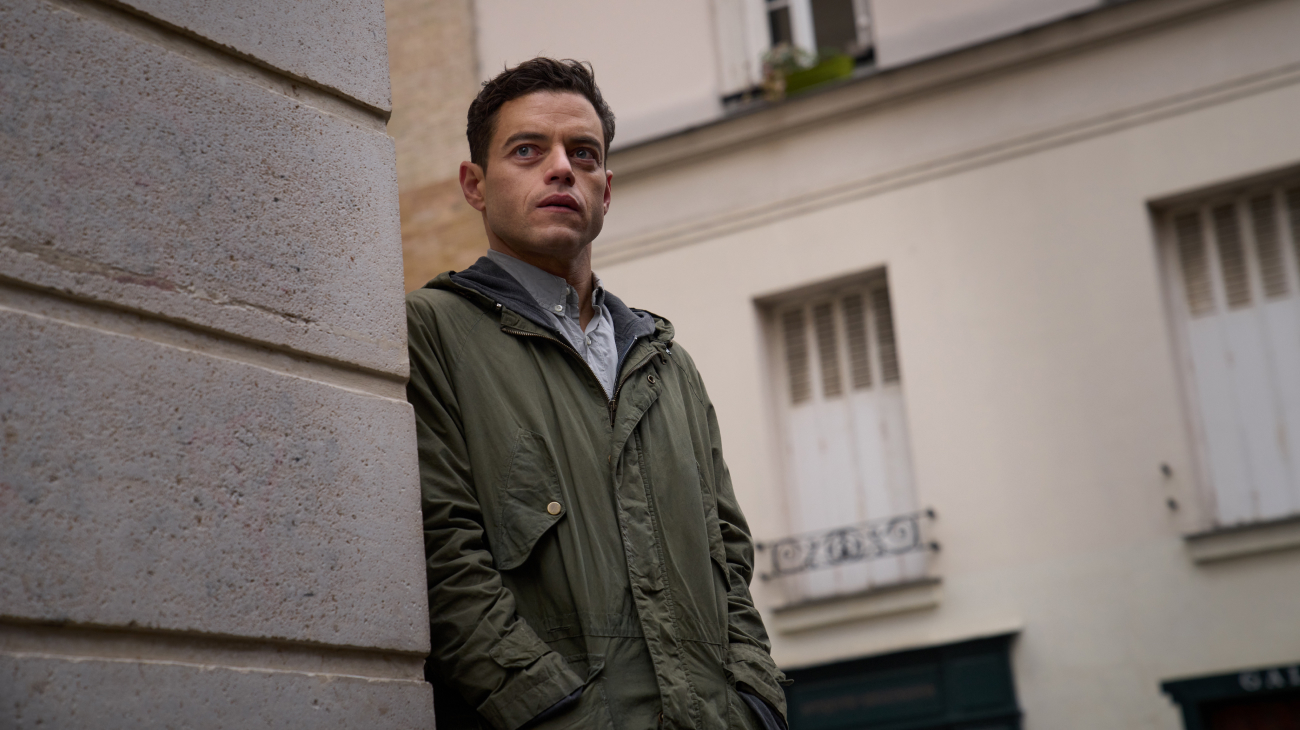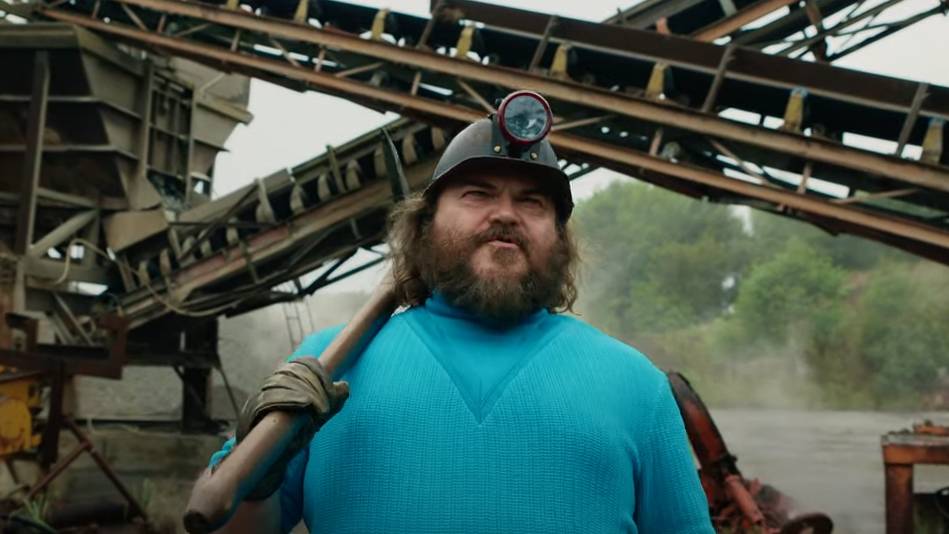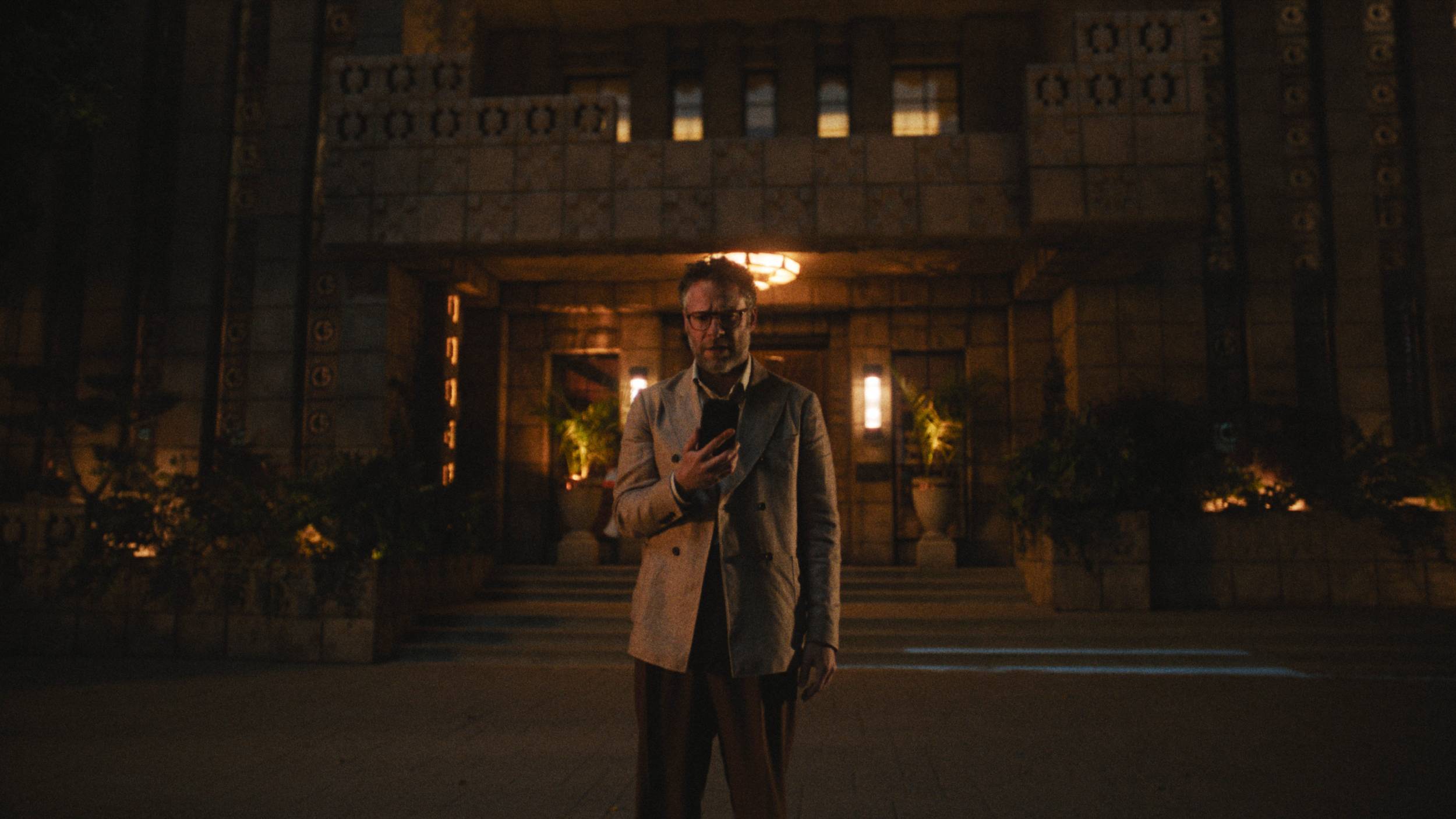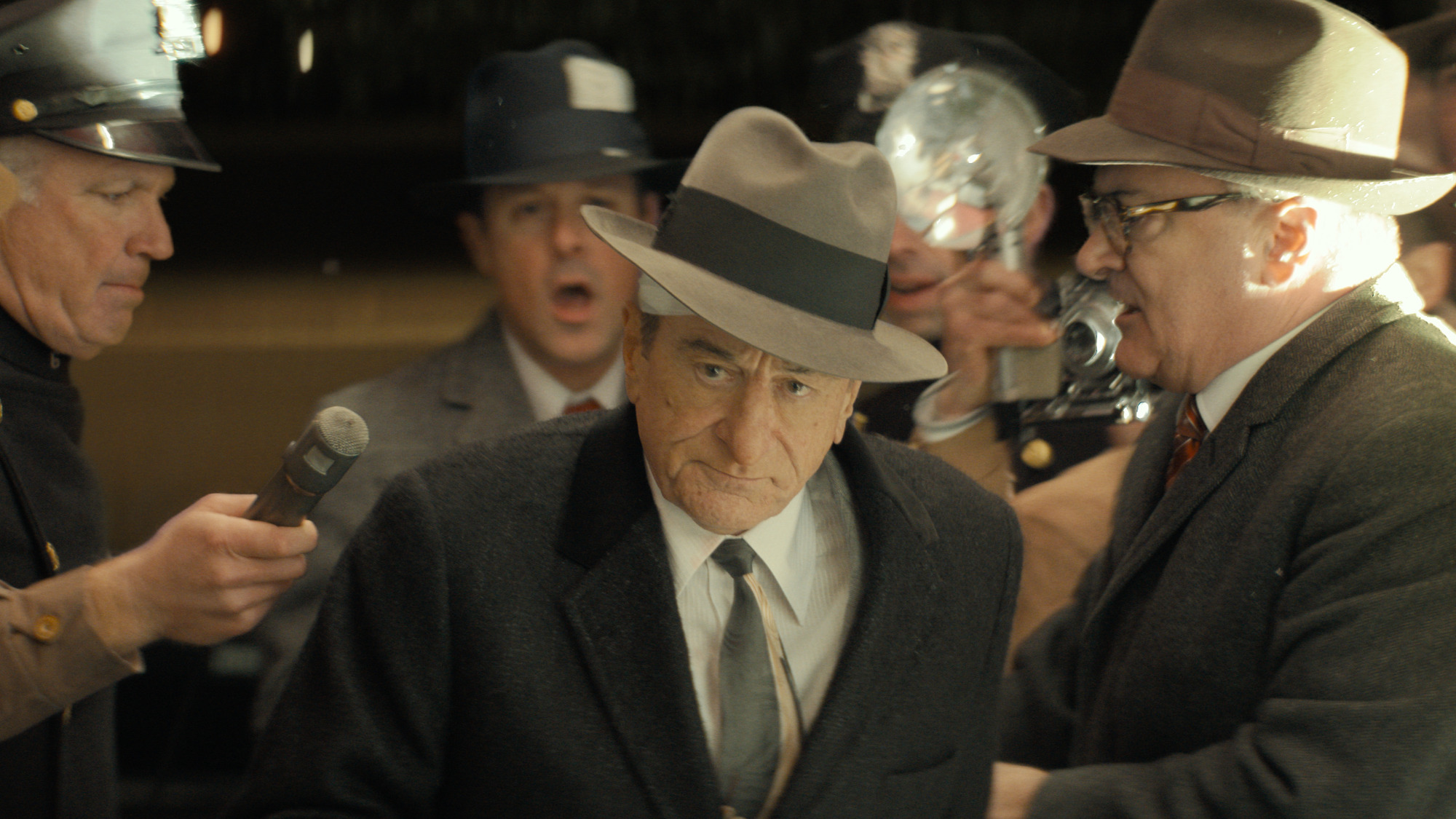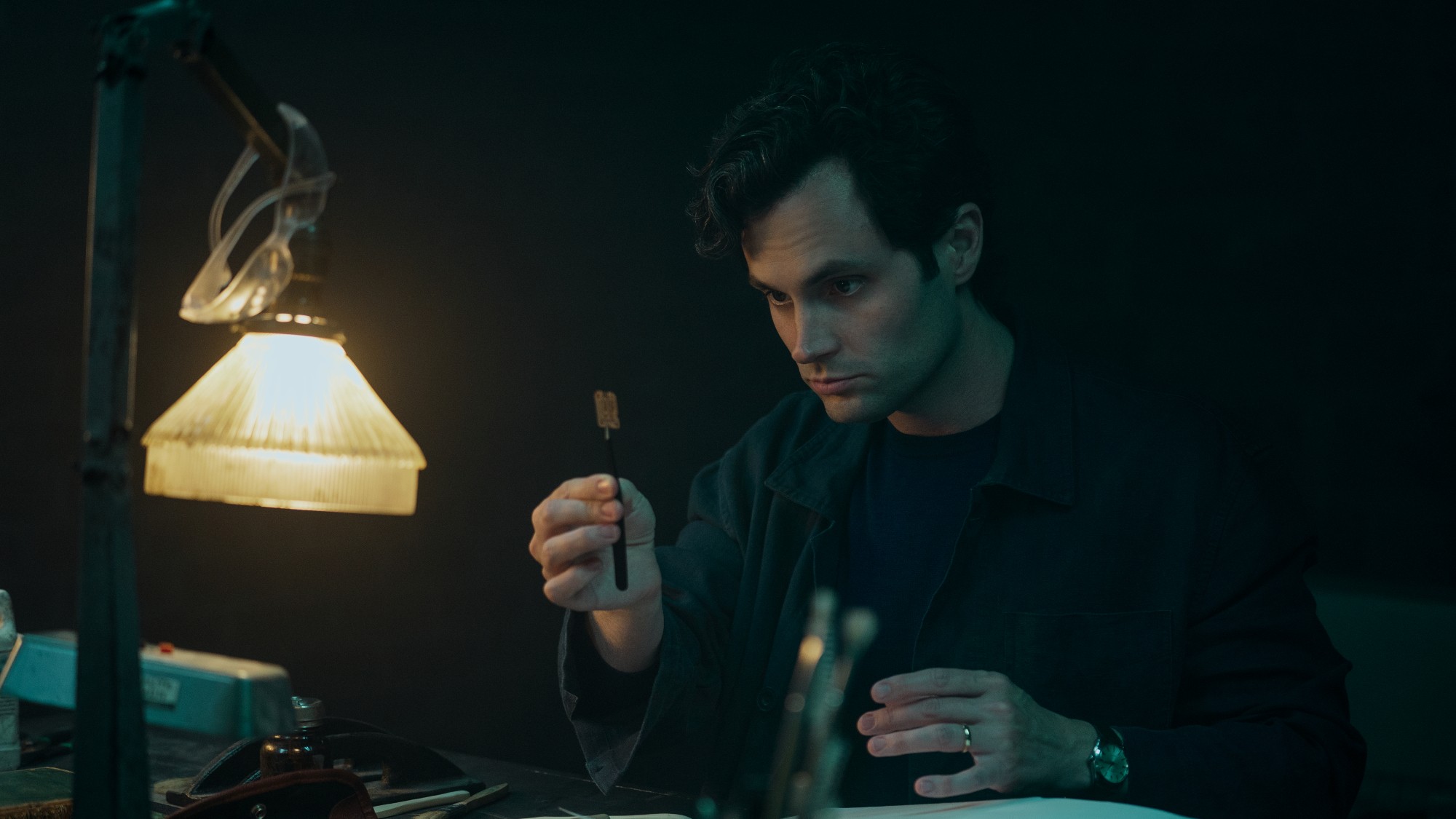What to Watch Verdict
‘Fever Dream’ is like a raincloud that threatens on an otherwise sunny day, suspended in its own airlessness to a fault.
Pros
- +
🌾 A poetic horror lullaby
- +
🌾 Striking crop field visuals
- +
🌾 Tries something very different
Cons
- -
🌾 A sleepy horror lullaby
- -
🌾 Its pillowy signatures become too low-key
- -
🌾 Of the slowest, literary speed
Claudia Llosa's Fever Dream is an artfully ambiguous method of storytelling that will be divisive in its ambitions to heap constant narrative motion upon audiences in layers. Many will herald the literary approach to on-screen storytelling, others will drown in the poetic attempt at capturing immense loss.
Despite its inclusion in "Netflix & Chills" October programming, Fever Dream is better saved for midday with audience attentiveness on high. Samanta Schweblin's novela "The Rescue Distance" is translated into the English "Fever Dream" as a way of preparing audiences for the hazy-conscious experience they'll endure; there might not be a better marketed title to set low-volume expectations this year.
Amanda (María Valverde) arrives with her daughter Nina (Guillermina Sorribes Liotta) at a country residence surrounded by golden grain fields. Neighboring horse breeder Carola (Dolores Fonzi) cozies to Amanda and speaks of her son David (Emilio Vodanovich) as if he's no longer around. Neither Carola's partner, Omar (Germán Palacios), or Amanda's husband, Marco (Guillermo Pfening), are in the picture, leaving the two women to navigate their corporate agricultural surroundings alone.
So what is troubling the duo? That remains a mystery since Amanda can hear David's whispers in her ear, verbalizing instructions, like they're sharing the same conscious vessel — or somehow tether a spiritual connection.
Fever Dream presents itself as a character study between two mothers whose friendship emerges out of common protective instincts, but that's a momentary misdirect. Amanda and David narrate in tandem because scenes are cobbled memories pieced together like solving a mystery by working backward. David's voice interrupts Amanda and Nina's playtime or Carola and Amanda's somber heart-to-hearts in parked cars as a reminder of the task at hand — Amanda's recollections bounce around between her own and David's memories. It's not distinguishably clear, but that's intentional. Llosa refuses to address environmental horrors like Antlers and its monstrous interpretation because she's quicker to challenge viewers.
It's a delicate, humming, toy-boat-on-a-pond float along with commentary around pesticide dangers and humankind's poisoning of Mother Earth that tiptoes to the beat of its lullaby tempo. Fever Dream is unlike other heartbreaking comparisons in how Amanda and David expose their narrative, but that won't be a unifying twist. It's not a perplexing plot device to grasp, yet it is a cumbersome venture into storytelling that sustains the same whispery tone from introduction to outro.
The camera intimately pours over Amanda and Carola as they communally worry about their children, their scenic poolside allure in full view; advancement mirrors techniques one might relate to Terrence Malick, only with more connectivity. Dangers, goodbyes and climaxes are all scored by the same slumbery background orchestra that exists to comfort via softness — my problem becomes all those padded edges allow a one-note decline.
Those adventurers into mood and tone will find Fever Dream an impeccable display of confined moments. Whether that's Carola's visible disgust as David buries dead waterfowl in their backyard, or how dialogue as unassuming as "I got wet!" can carry seismic implications once remembrances settle. Perception becomes a manipulative translator as David's guidance steers Amanda toward now eternal truths, tugging at a "thread" that connects mothers, daughters, sons and our ailing planet. Horrors exist, but they're fluffed and hidden behind a librarian's story-time voice that calms an otherwise tragic fantasy about farming culture's flattening footprint atop gardens where Eden no longer roams.
Fearless are the filmmakers like Claudia Llosa, whose approach to Fever Dream chases away the exact audiences she never intends to pander. I say that as someone whose enjoyment and appreciation waned as minutes trickled down. Fever Dream is a fairy tale variation on horrors that are even less assuming than the already tucked-in Martyrs Lane, and will stir up those "What is horror really?" conversations that belong nowhere near this critic (stop overclassifying everything).
If you embrace Fever Dream expecting the afternoon tea equivalent of maternal nightmares and supernatural implications that comfort like a stitched blanket from grandma, you'll be pleasantly fulfilled. It didn't work for me but will steamroll others. Such is the grandness of cinematic evaluation and the existence of multiple opinions — just don't watch this one at midnight.
Fever Dream is now available to stream on Netflix.
Matt Donato is a Rotten Tomatoes approved film critic who stays up too late typing words for What To Watch, IGN, Paste, Bloody Disgusting, Fangoria and countless other publications. He is a member of Critics Choice and co-hosts a weekly livestream with Perri Nemiroff called the Merri Hour. You probably shouldn't feed him after midnight, just to be safe.



